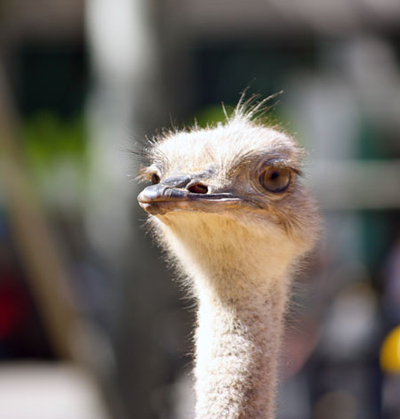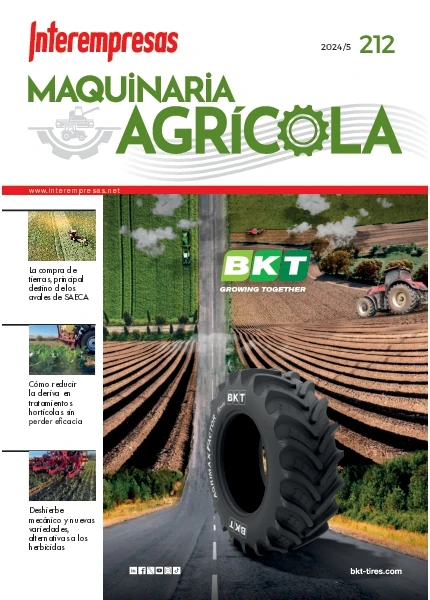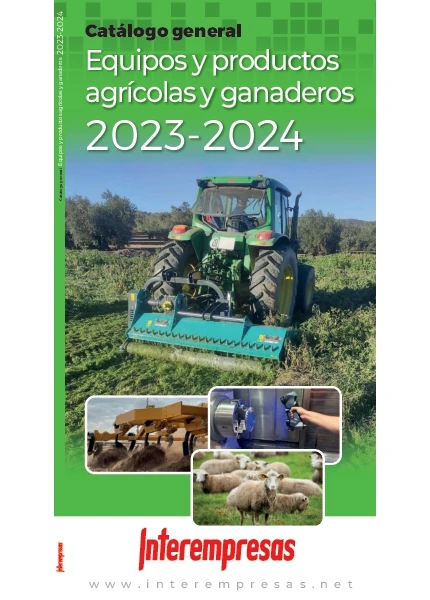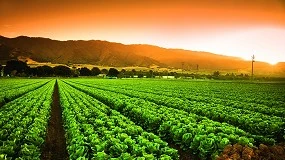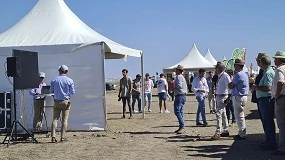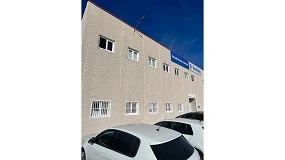Avicultura Alternative, the weight of the child of different “birds”
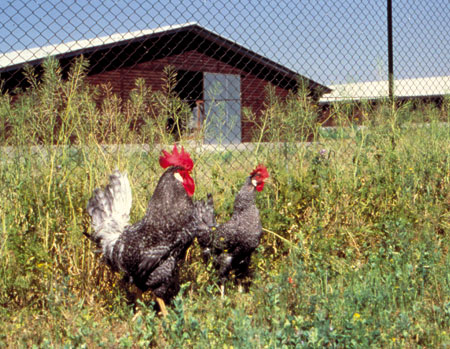
The ‘Study of Characterisation of the Avicultura of Alternative Meat in Spain', to charge of the
However, from the Real School of Avicultura do not share this opinion. “The peak of the avicultura alternative comes from of the human interest, of all we, to diversify in the consumption of all type of products. And like this, test something that maybe was different. For example, a chicken campero of 3- 4 months of age instead of one of farm of only 40 days, an expensive solomillo of ostrich instead of another of beef, a true ‘foie-gras' of duck or goose, instead of a pâté of liver of pig…”, puntualiza José Antonio Castelló, director of the Real School of Avicultura and ex-president honorario of the World-wide Association of Avicultura Scientific. Even so, near of 80% of the production of meat of bird of the country still comes from of the chicken of farm, situating underneath the turkey, the chicken campero and other species.
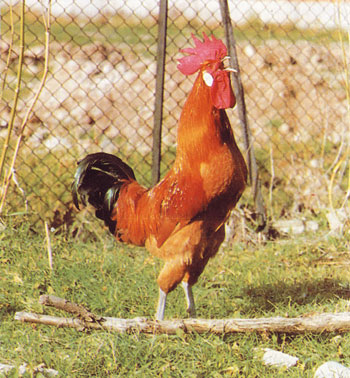
Regarding the production of eggs, 97% comes from of hens layers in batteries, something that can change with the entrance in force of the Law of the Animal Welfare, in the EU. “This forces or to a change to other cages of a very different design, or to breed to the hens in the floor or with exit to the outside”, explains. The one of the alternative egg –well of hens in the floor, camperas or ecological– carries way to turn into one of the subsectores more pujantes, as they ensure from the Real School of Avicultura: “In our country, the alternative egg will win quota of market, as it already has sucedido in other countries. In this tendency, will have a lot that see the decision of the consumer, to want to test, from time to time, something different to the usual”. In this regard, Castelló recalca: “Only it is necessary to take into account two things. The first, that his quality is the same that the one of the egg of battery, whenever it have the same degree of freshness; the second, that his cost of production is significantly higher, of a 15 % to a 100 %”.To

Cara and cross of the avicultura alternative
To the greater quality organoléptica of the meat from birds bred of alternative way, add other fortresses, as it gives off of the ‘Study of Characterisation of the Avicultura of Alternative Meat in Spain'. In the first place, they do not require big investments and is possible to complement the child of birds of alternative way with other agricultural productions or graziers. Second, they are used to to be productions more sustainable, by what have the favour of the consumers.
Between some of his weaknesses, that also there are them, resaltan the greater costs of production with regard to the intensive production of meat aviar, the scarce technical knowledges and commercial of a lot of producers and the scarce interest of the big industry avícola.
Although in the report does not state, arises a question that can not obviar: the process of reconversion of an exploitation avícola conventional, of intensive type and of industrial “production” to another of alternative child, or campera. “Already it was by the a lot lower size these last, as by the design, the subsequent commercial circuit, etc. The one who want to devote to some alternative production has to begin for studying the market and the form of commercialisation. In function of this, has to adapt the installations to the needs of the species chosen”. In front of the ignorance that still impera on the avicultura alternative, ask us which would be the leaf of ideal route to increase, so much the production like the demand of the consumer of this type of meat. The answer is not simple, at least for the spokesman of the Real School of Avicultura: “When having so many types of aviculturas alternative, can not speak of a leaf of common route for all they. Our recommendation, for all that that want to devote to any of these productions, would be to document very thorough on her, study the market, analyse the necessary investment, visit other exploitations and commission a project to some skilled technician”.
“In avicultura alternative, can not speak of a leaf of common route. It is necessary to document in depth, study the market, analyse the necessary investment, visit other exploitations and commission a project”

The case of the ostrich does not leave to be curious. His crianza shot in the last decade of the past century, although in these moments, according to the director of the Real School of Avicultura, has turned into something “testimonial”. “The peak, as in the tale of the lechera, produced as a result of the entrance of a lot of especuladores in the business, without having neither idea of the livestock. They thought that they could sell his children like reproductoras, but the end last had to be the production of meat… and this without taking into account the shortage of ready slaughterhouses for this last”, argues.
In Spain, according to data of the General Register of Exploitations Graziers (Rega) of October of the year 2009 existed some 345 exploitations, with almost 6.200 animals and some 14 slaughterhouses authorised to this end. Between the main autonomous communities with more exploitations stood out, according to data of the Rega of the year 2008, Andalucia (84), followed of Catalonia with 57, Castile and Leon with 48, Balearic with 42 and Canarian with 40.
